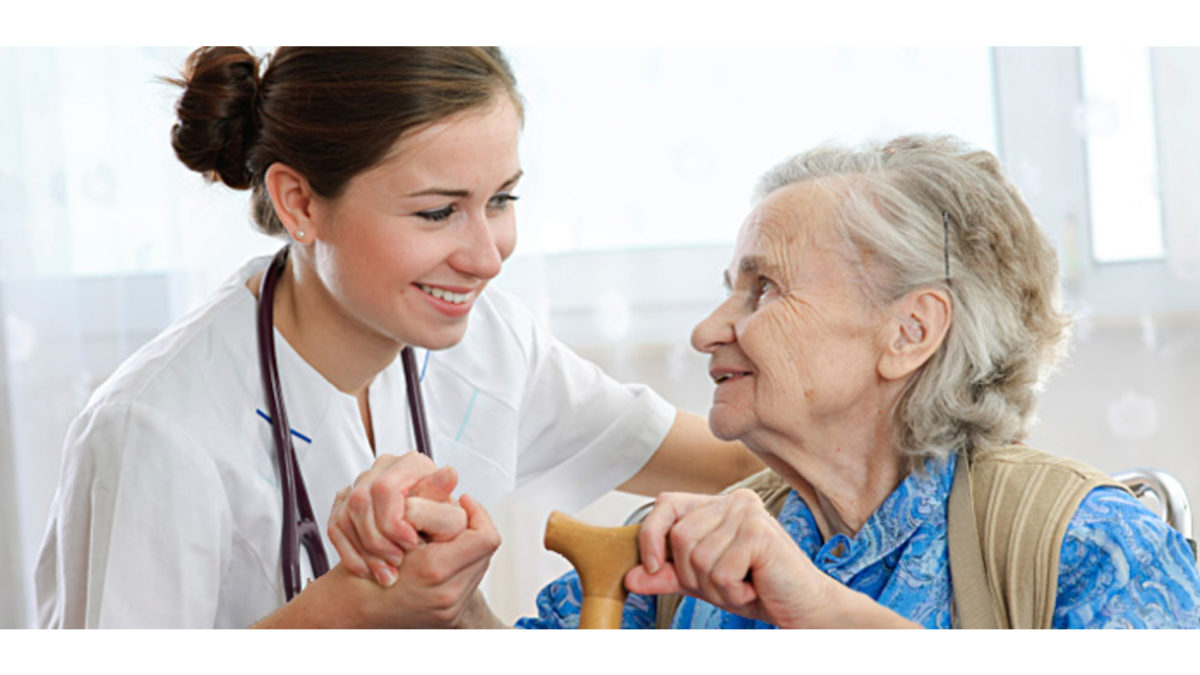Attention all care staff, caregivers and CareStory followers! You really care about residents’ wellness, and you have checked blood pressure nearly thousands of times for seniors…but how long has it been since you checked your own?
Studies at BMC Public Health have found that the prevalence of hypertension was significantly higher among caregivers than non-caregivers. Even some small adjustments can make a huge difference in your blood pressure readings. Here are some tips for you:
- Drink Wine! — Just kidding. That’s not recommended, but it does pair nicely with a bubble bath on stressful days.
- Shed a Couple of Pounds! — We promote body positivity here, however, studies at Harvard Health Publishing show that the most effective way to reduce elevated blood pressure is to lose weight.
- Go with a DASH (Dietary Approaches to Stop Hypertension) Diet. — Choose food that is rich in potassium, calcium, magnesium, fibre and protein. Also, choose ingredients low in saturated fat and sodium
- Exercise. — Aim for a half-hour exercise daily. It could be running, biking, dancing, or any activities you love.
- Limit Alcohol Intake (so much for #1). — Drinking too much, too often, can increase blood pressure. Try to drink in moderation by limiting your intake to 1 drink or less per day.
- Meditation. — Research at Harvard Health Publishing also found that stress hormones can constrict your blood vessels. Over time, stress can lead to chronic hypertension. Meditation techniques help to reduce stress and lower your blood pressure.
We need you! So please take care of yourselves.
REFERENCES:
https://www.health.harvard.edu/staying-healthy/6-simple-tips-to-reduce-your-blood-pressure
https://www.mayoclinic.org/healthy-lifestyle/nutrition-and-healthy-eating/in-depth/dash-diet/art-20048456
https://www.ncbi.nlm.nih.gov/pmc/articles/PMC3303565/
https://www.ncbi.nlm.nih.gov/pmc/articles/PMC4340290/#:~:text=Results,27.6%25%2C%20respectively




